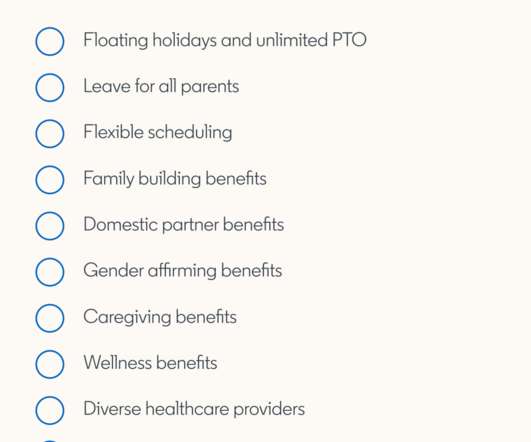Succession Planning: A Full Guide
Analytics in HR
FEBRUARY 23, 2020
According to corporate leaders in a recent report by IED and Stanford Business School, succession planning is vitally important. Knowing who is next in line to fill senior positions and being able to groom these people to become your company’s next generation of successful leaders is crucial to stay competitive. A definition.
























Let's personalize your content